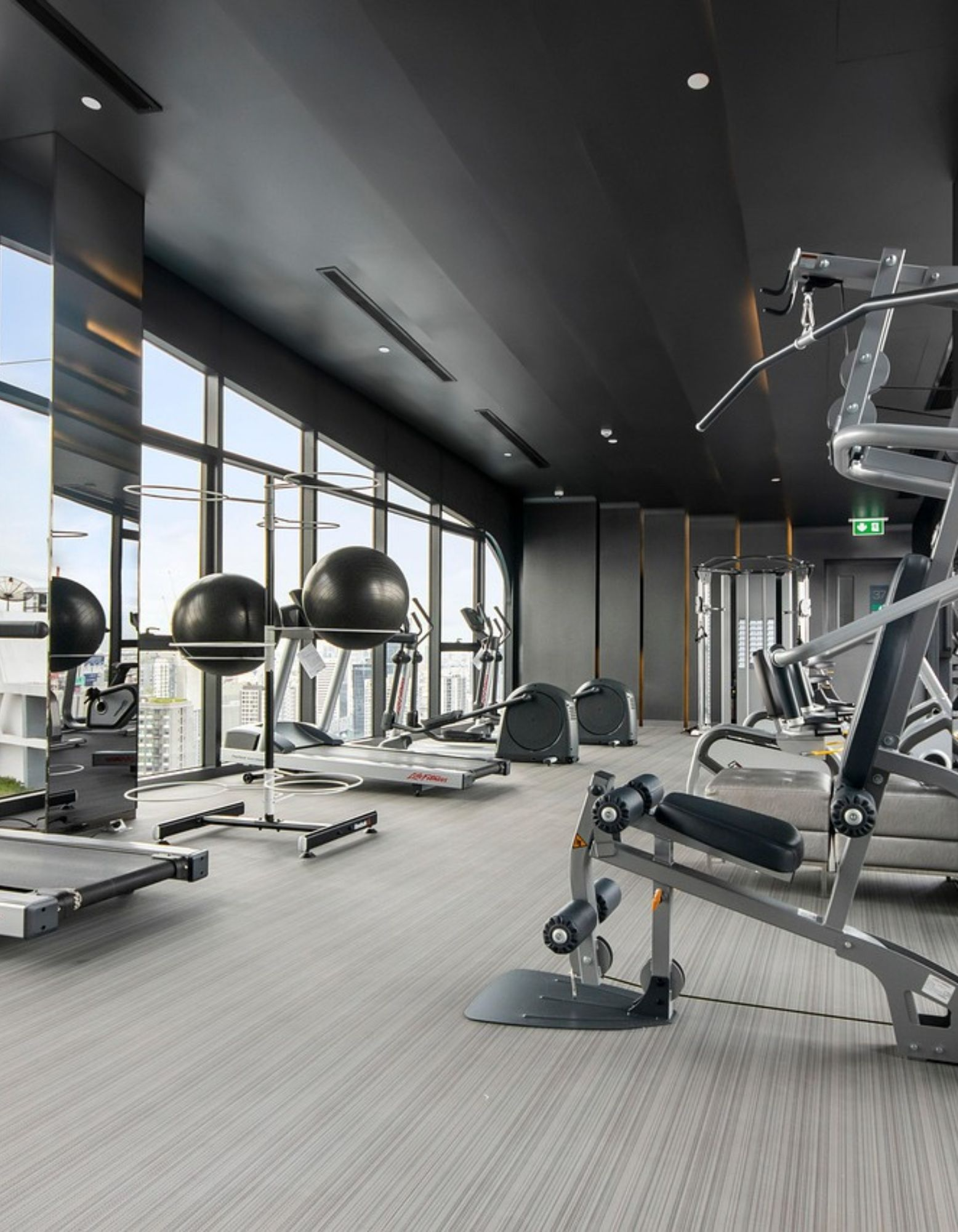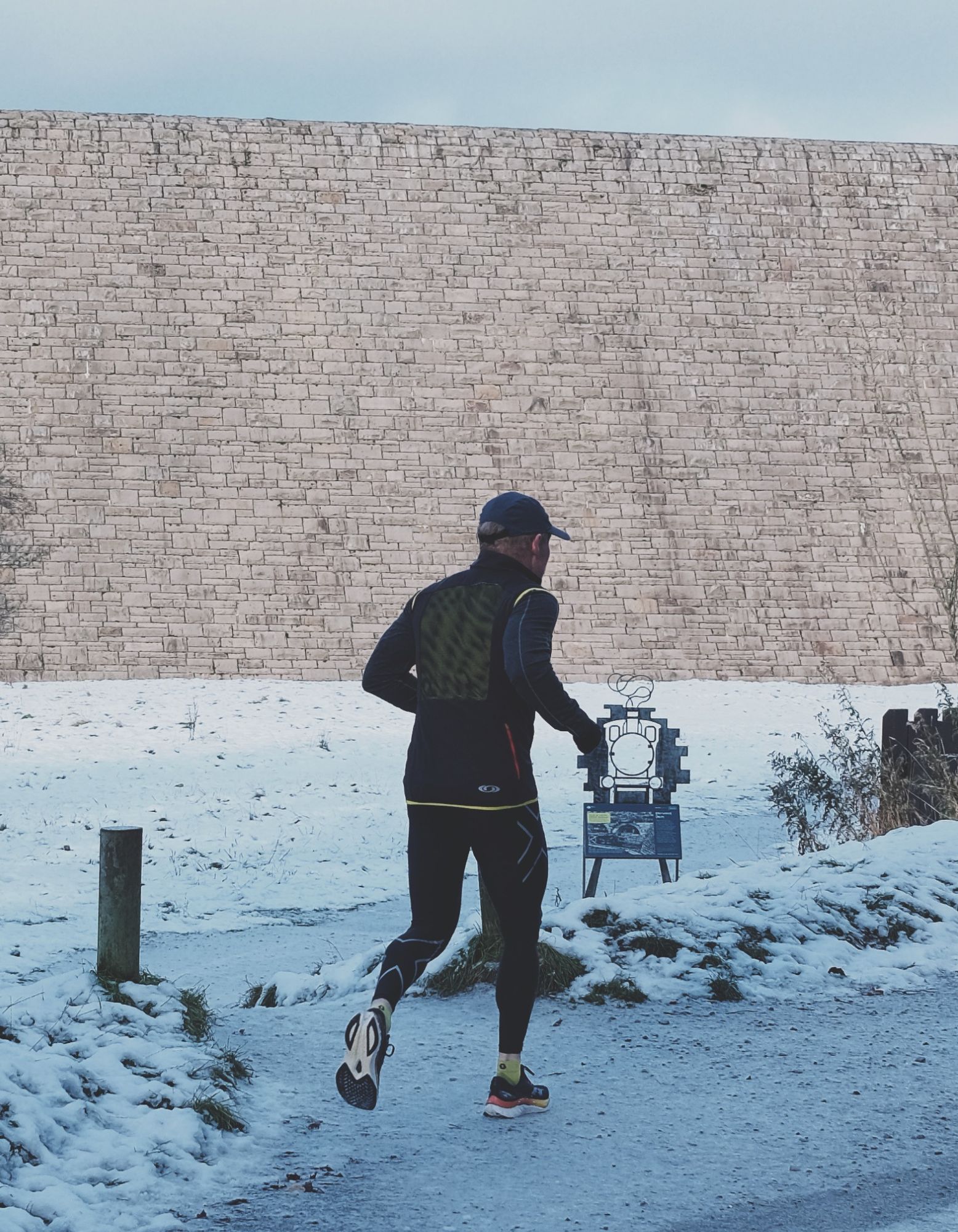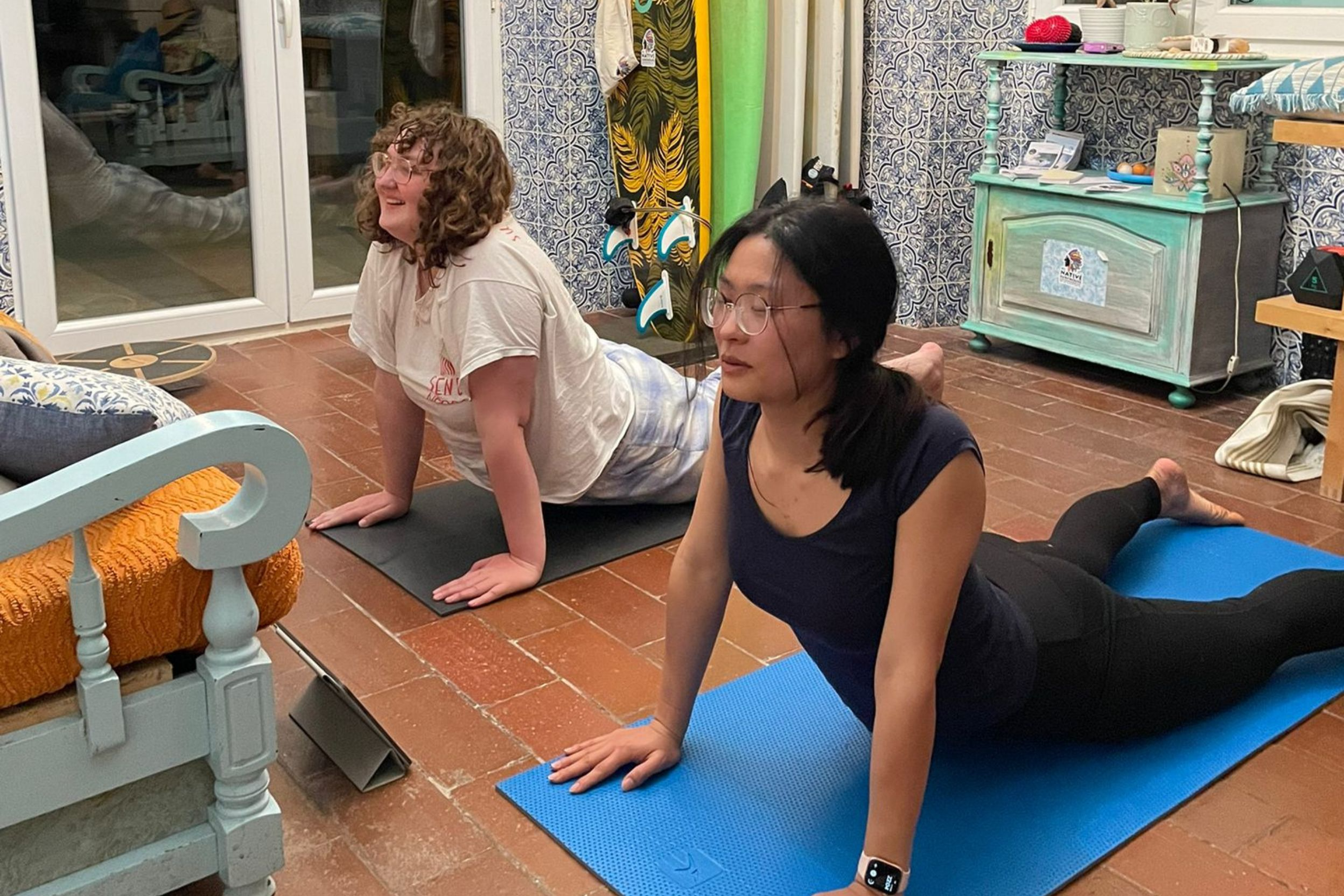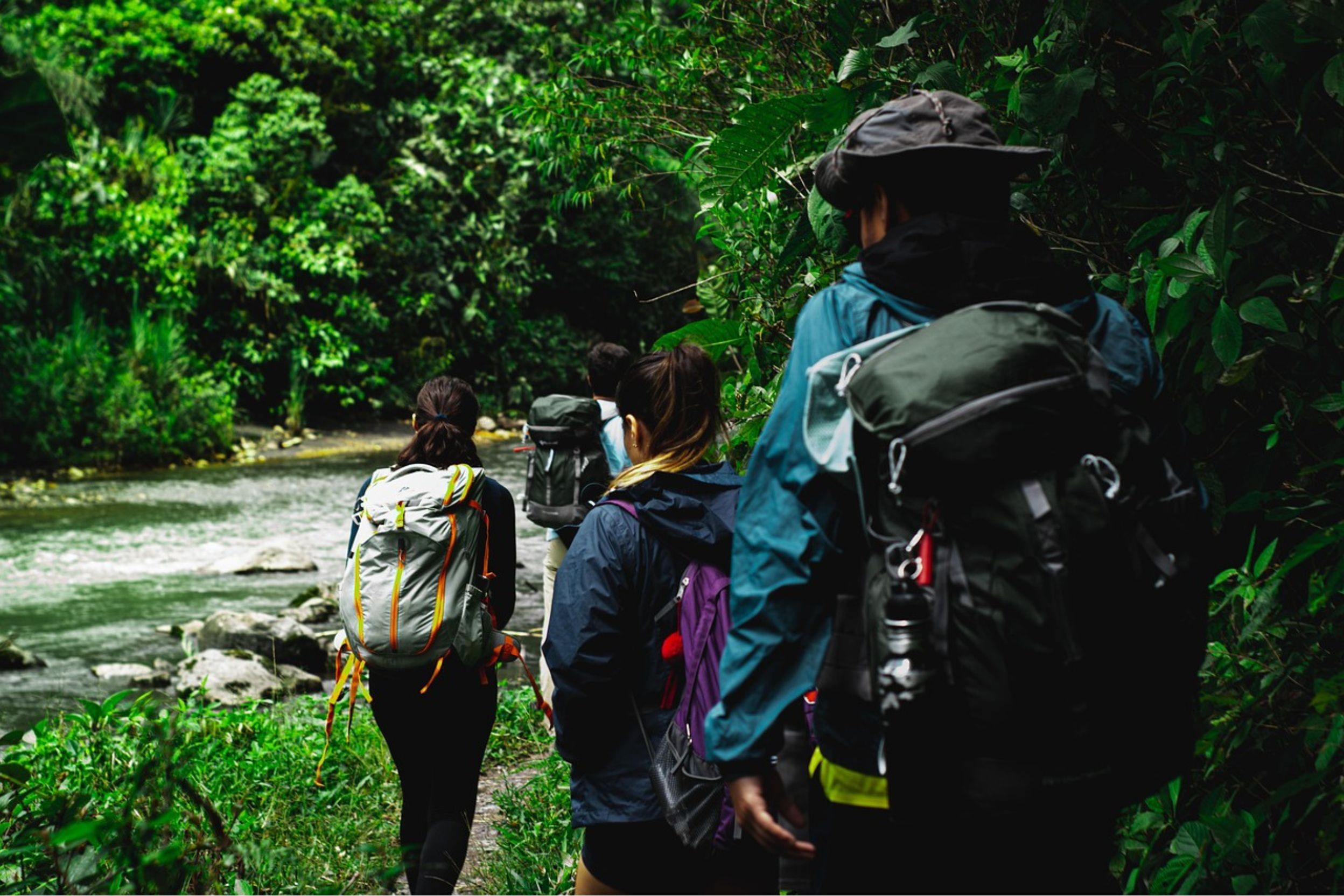Before I launch into one of those ‘ten things to try’ listicles that clog up lifestyle magazines and the internet like copy writing cholesterol, let’s drop some reality here.
Firstly, if you’re really into your riding then most non bike things are going to suck compared to topping out a remote peak, threading the needle through leafy singletrack, or getting sendy on a spicy descent. But comparison to perfect riding conditions is pointless when the summits are lashed by storms, the singletrack is sludge and you need to pedal down your favourite descent, or it’s so slippery you’re on your arse more than your saddle. In other words, winter sucks in many ways so just make the best of whatever you try doing instead.
Secondly, beware your biking body and the tricks it can pull, before you pull something very painful instead. What I mean is that if you do a decent amount of pedalling then your lungs and heart are going to be in decent shape. However, your knees, ankles, back, hips, shoulders, feet, etc. plus all the tendons and muscles stringing them together will have lived a comparatively sheltered life when it comes to twisting, flexing, and repetitive impact loads. That means it’s very easy for your cardiovascular system to write cheques that your skeleton can’t cash, so creep into any new form of exercise cautiously if you want to avoid injuries.
At this point you might be thinking ‘if it’s going to be rubbish compared to riding and I’m going to have to go at everything like a granny to start with, what’s the point?’ The point is that doing something is far better than doing nothing when it comes to ramping up your riding again in spring. The more consistent you can be with that something - or several things - the bigger the wins will be. And if you’re starting at the bottom then you’ll see gains far faster than you’ll be used to if you’ve been biking for a few years and are tuning the top end rather than starting from scratch. That in itself can be massively motivating and whether you rope in some mates to come to the climbing wall or make new gym fwends along the way, your mental health will be in a lot better shape too.
So, what other exercise works well to get you through winter, what are the benefits to your biking and what do you need to be careful of?



Indoor cycling
Pros
Even if you’re going nowhere, indoor pedalling obviously transfers directly to biking fitness. Because trail and traffic aren’t getting in your way you can be really specific and efficient with your training too so the gains can be great. All the various ‘virtual worlds’ and gamification of exercise such as Strava, MyWoosh, etc. where you can race real or imaginary friends also make ‘turbo training’ far less of a mind melt than it used to be.
Cons
You need at least rollers and an old road bike to turn yourself inside out while inside. A ‘smart trainer’ that connects to Strava, etc. is a game changer for motivation and wattage feedback for more accurate training. Claims that you can “use your mountain/gravel bike” on ‘wheel off’ trainers or by using slick tyres on roller trainers are misleading too as they fail to account for the much smaller gearing on mountain bikes.
Running
Pros
Running is potentially great as you’ve probably already got a pair of running trainers and that’s all you really need. That means you can do it anytime, anywhere too, even if you’re travelling. It’s really efficient in terms of exercise load too as you’re supporting your own weight not sitting on a saddle. Like riding it still mostly works your legs and if you can avoid injury, you’ll make them stronger in terms of everyday usefulness and resilience not just pedalling power.
Cons
Running is the primary example of your lungs and heart being able to push your muscles, tendons and joints much harder than you can cope with. That means you need to go super careful in terms of distance, pace until your body adapts to the new strains. Surface choice is key as well so avoid hard roads or sketchy trails as much as possible until you can cope with the impact and/or articulation. Warming up/down and stretching carefully but comprehensively before and afterwards is crucial to reduce the chance of injury too.
Weights
Pros
Using weights to progressively overload muscles can create much stronger leg muscles and a stronger core for pedalling and descending. Increased upper body strength can help with bike control and crash proofing too. Being able to hold and lift stuff makes you a more useful all-round human and done sensibly is great insurance against failing functionality as you get older. If you’ve not strength trained for a while the rapid gains can be really motivating too.
Cons
Unless you’re pulling some kind of ‘Anatoly the cleaner’ stunt the average cyclist’s T-Rex shape and muscle/strength imbalance can make going to the gym a humbling experience. Comparison is pointless though so just concentrate on making useful, sustainable, functional strength gains for yourself rather than trying to compete.
However tempting it might be to try and max things out, always prioritise correct technique or you’ll get injured very quickly. And if you’re not sure what that is, ask someone who does and can actually see what you’re doing to check. Stick to basic exercises well within the range of your stability and stretchiness rather than trying the latest crazy compound exercises off Instagram. Again, warming up/down and stretching carefully but comprehensively before and afterwards is crucial to reduce the chance of injury too.
Cardio machines
Pros
Compared with heaving iron up and down, cardio machines are definitely your gym friend. Rowers and ski ergs are great for working your legs while strengthening the connection between them and the rest of your body too. Assault bikes are also great for destroying yourself physically with relatively low structural risk as there’s no over stretch or load element.
Cons
As a rider your bum, hips, back, shoulders and neck are often already under a lot of strain from lack of flexibility. That means suddenly straining them further in an entirely new way can be a recipe for disaster unless you go carefully. And guess what? Warming up/down and stretching carefully but comprehensively before and afterwards is crucial to reduce the chance of injury too.

CrossFit and friends
Pros
Joining the beautiful topless boys and tight legging girls for your fitness fix is about as social media friendly and motivational as it gets. Whatever the branding, CrossFit / Hyrox / Circuit training / functional fitness can be a great way to do a bunch of different all-round exercises in a structured high intensity format. The super stoked, high fiving environment is probably as close to the vibe you’ll get at the bottom of a DH run too.
Cons
Nothing kills good form faster than a stopwatch and nothing makes you push further than you probably should than mates shouting you on. That makes group exercise very dangerous in terms of injury risk. So, if you want to walk out rather than limp out, leave your ego at the door. At least a good class should make sure you warm up/stretch properly beforehand though.
Plyometrics
Pros
You just have to see how ripped gymnasts and plyometrics influencers are to realise that body weight exercises can be brutally effective for all round conditioning. It’s a power to weight based practice too, so lighter/smaller folks aren’t automatically disadvantaged. The fact it combines balance and high degrees of body awareness is brilliant for your biking too.
Cons
Whatever the ‘plan’ or step by step video says, you’re going to need serious patience and dedication to start hitting the showboat moves. Ankles, elbows and lower back can be at risk from extreme loads and leverages too, so go steady in your hunt to get shredded.
Pilates
Pros
Pilates not only looks like the protagonist is in their twitching death throes and we guarantee that’s how you’ll feel just a few minutes into your first session. Tiny movements might seem like nothing but done right the burn is insane. It targets all the bits biking doesn’t too, making it great for rebalancing your body and ironing out niggles before they become nightmares.
Cons
Besides deep emotional scarring from being humiliated by surrounding nans and mums, small controlled movements mean a small risk of actual physical injury.
Yoga
Pros
Yoga might just seem like minimal effort mindfulness for bendy people, but it can actually be a serious strength and conditioning session with excellent flexibility and core strength wins. Losing yourself in your breathing and your body can also be a real mental health boost. Presuming you don’t try and push yourself too far things shouldn’t get too nasty with Namaste either.
Cons
You’ll have to admit to everyone who’s been telling you to do yoga that it probably is a good idea.

Swimming
Pros
Zero impact and supported weight often see swimming touted as the ultimate injury dodging exercise. Restricted oxygen intake makes swimming the nearest thing to altitude training. As a result ten minutes in the pool can seem like a ten mile bike climb when you start so it’s very time efficient too.
Cons
Presuming the lifeguard isn’t going to let you drown, it’s hard to really hurt yourself swimming but you will need a pool or at least some clean water to swim in. It’s quite easy to strain shoulders, elbows and knees if you’re pushing them past their normal movement pattern too. Cold changing rooms and diluted bodily fluids can also be hard on immune systems.
Climbing
Pros
Climbing is a great way to gain flexibility and strength - particularly in your shoulders, arms and fingers - while getting the same fight your fear thrills as tech descents. The whole climber vibe is totally feral too, so bike packers and old school epic mountain bikers will fit in perfectly. Indoor bouldering minimises risk and removes weather worries too.
Cons
You need something to climb and something to protect you when climbing becomes falling. Bouldering walls with padded floors provide both, but for proper climbing you’ll want harnesses, gear, ropes and ideally someone on the other end of the rope who knows what they’re doing. Even if you don’t deck yourself disastrously shoulders, forearms and fingers all get hammered too so warm up, tape up, stretch and take things steady.
Walking
Pros
It’s better than nothing because it’s getting you off the couch and outside. It’s at a moderate intensity level that’s great for rehabbing/recovery and your dog can come too.
Cons
Other riders thinking you’re the sort of Karen who’s going to deliberately get in their way or have a fight regardless of their knowledge of what right of way they’re actually on.

Team tips
Big Boss Barry
Weather proof gravel rides, lots of zwift, and trail runs for me over the winter.
Epic Tom
Gonna try and do some trail running this year, but generally I just ride outside. Because with the right clothes it’s never really ‘too grim’ and like Dolly Parton says, “The way I see it, if you want the rainbow, you gotta put up with the rain!"
Designer Ben
I used to do trail running when I couldn’t be bothered to wash my bike. Now I just do a range of different things depending on whatever I or other folks fancy rather than focusing on anything specific.
Guy the gob
I’ve just discovered bouldering which I absolutely love, but I do everything on this list on an irregular and therefore rarely progressing basis. Except for running which my knees and ankles can’t cope with. Oh and Pilates which I should definitely do but my head can’t handle the pain V movement ratio.












